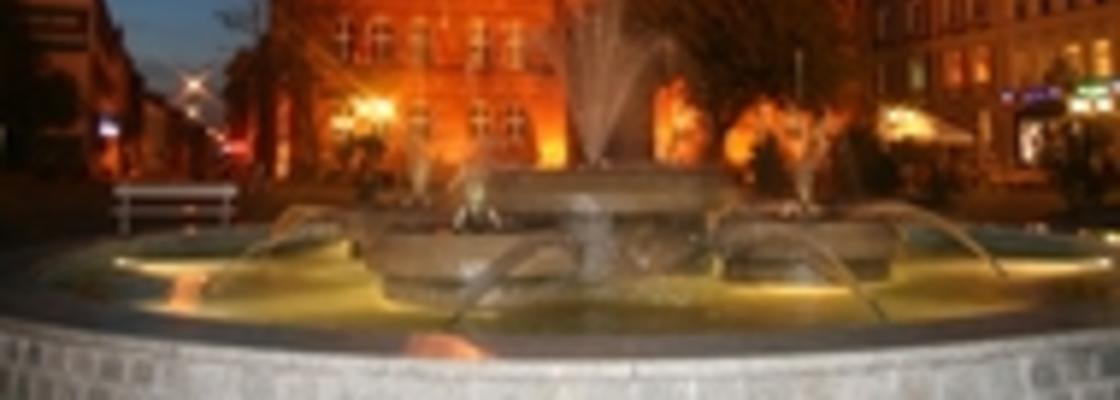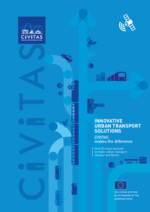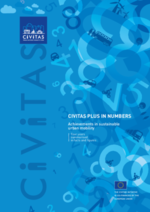
Szczecinek (Poland)
The historical town of Szczecinek in northern Poland has almost 40,000 inhabitants and 48.63 km2. The city expects more and more tourists in the coming years. To sustain this trend and protect the historic city centre, Szczecinek has made the development and promotion of public transport and cycling a priority.
Szczecinek is a sub-regional centre in Middle Pomerania. Its stunning location between two lakes, Wielimie Lake and the smaller Trzesiecko Lake with a beautiful park spanning its shore draws countless tourists. The surrounding forests are well-known for their exceptional beauty. Active recreation and especially cycling is popular with tourists.
The city sees the growing tourism sector as the central pillar of the city’s development. That is why Szczecinek is planning investments in sports and recreation across the city. The aim is to increase the use of public transport and cycling to protect the historical town centre.
Szczecinek joined the CIVITAS RENAISSANCE project to collaborate with other historic European cities faced with the challenge to ensure sustainable development without harming the environment and making the best use of new energy sources. A set of 10 integrated measures will be implemented to improve the public transport service through the integration of public transport modes, the introduction of alternative transport modes and cleaner buses, as well as better communication with customers.
A central part of the city’s urban transport strategy is the revival of a mode of transport that has been used by residents and tourists in the 19th century already: water transport. A more flexible and attractive service of water trams and water taxis as part of an integrated public transport system is hoped to attract more passengers to public transport and avert an increase in individual car trips. Missing links in the bike path network will be closed to create the conditions for the development of cycling in the city. Bike and rickshaw rental points will be combined with other modes of public transport. Moreover, the increasing number of visitors calls for the expansion of the city’s bus fleet.



















